
Industrial Waste Transformed into Sustainable 3D Printing Materials
It all began in 2015 when the Municipality of Torsby, with support from Region Värmland and the EU, decided to establish a unique innovation environment featuring the world’s largest 3D printer. Northern Värmland already had the resources — available facilities, skilled labor, and a strong tradition in the wood industry. Since then, Circlab has collaborated with hundreds of companies, successfully developing new materials from industrial by-products, creating prototypes, and exploring processes to enhance circularity.
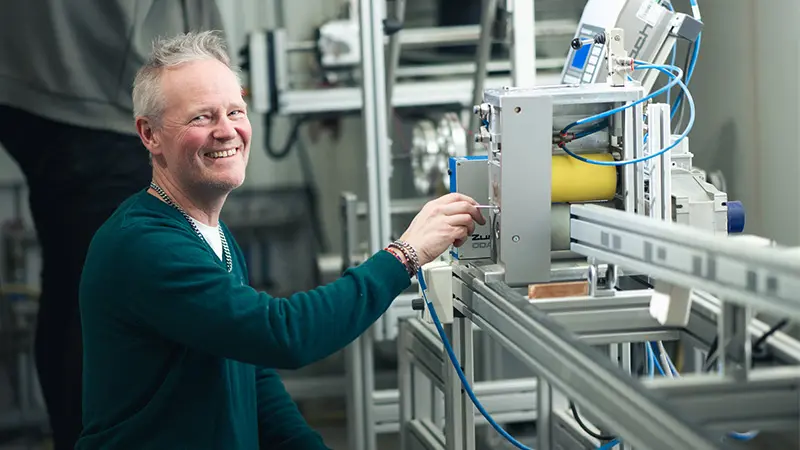
Johan Brekke, process leader at Circlab
"Our Ambition is to Reach a Global Audience"
“Our work has always been about supporting innovation, entrepreneurship, and knowledge development in additive manufacturing and biocomposites,” says Johan Brekke, process leader at Circlab.
“So far, we’ve mainly supported companies in Värmland and Dalarna, but our ambition is to reach a global audience with our ideas, expertise, and opportunities.”
Circlab is part of a large network of actors who mutually depend on each other. Through various projects and collaborations, companies and innovators in the forest-based bioeconomy receive support to commercialize their products and services more quickly.
“New applications for forest resources are constantly being tested here, pushing the boundaries of what’s possible. One major advantage of 3D printing is that we utilize the material to its fullest. The technology enables the design of complex geometric shapes that were previously difficult or impossible to produce”, says Johan Brekke.
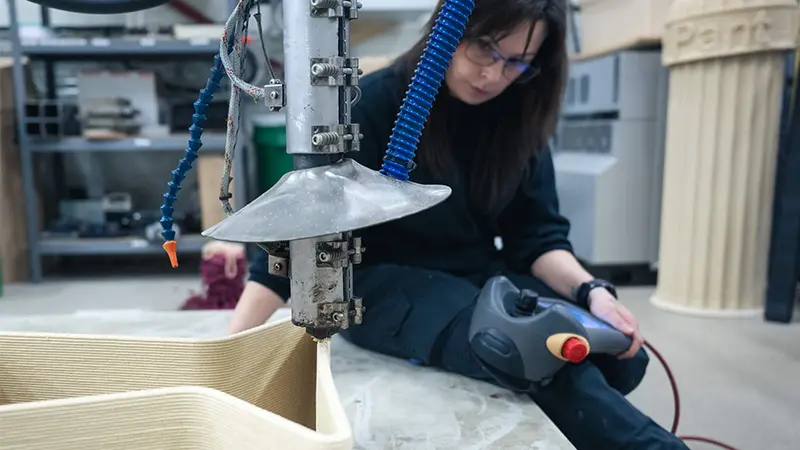
Recycling — one of many essential components
“Prototypes can be manufactured quickly and efficiently, and for small-scale production, additive manufacturing is often more cost-effective than traditional subtractive methods, which require investment in custom molds or machine tools.”
Increasing circularity is a key part of the green transition, involving the creation of sustainable systems for smarter use of existing resources. Recycling, reuse, and waste minimization are essential components.
“We’re located in Torsby, physically integrated between Stjerneskolan and Frykenskolan. Since 2022, we’ve served as a resource for the high school’s technical education in design and product development with a 3D focus.”
With funding from Region Värmland and Interreg Sweden-Norway, the Municipality of Torsby has initiated Hexagon, a new three-year (2025–2027) development project through Circlab. In collaboration with materials researchers at Karlstad University and Klosser Innovasjon in Norway, the project aims to increase knowledge about how companies can use waste streams to create new materials and products through 3D printing and circular models.
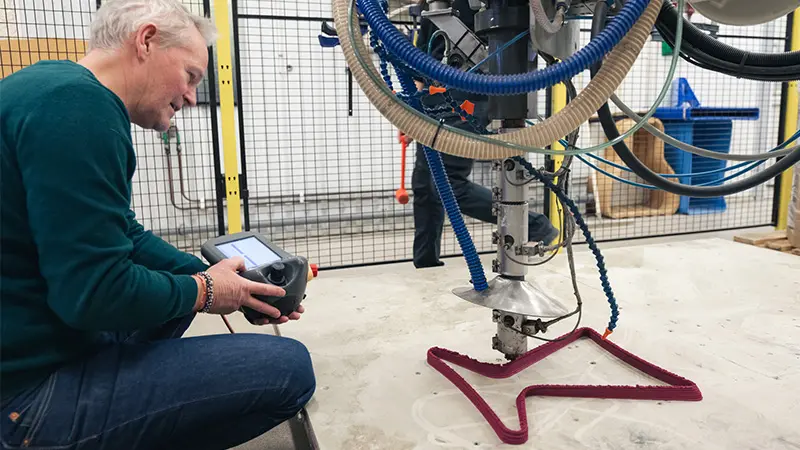
Oyster shells and coffee beans are reused in a circular process
Johan Brekke enthusiastically shares how Circlab has tackled challenges over the years. They’ve 3D printed using materials containing well-known by-products from the wood industry, but also with unexpected materials like oyster shells and coffee beans.
The common denominator of these materials is that they can be reused in a circular process.
“An important part of the new project is building a materials library together with researchers. It will be a unique resource that gathers information about different materials’ properties and applications.”
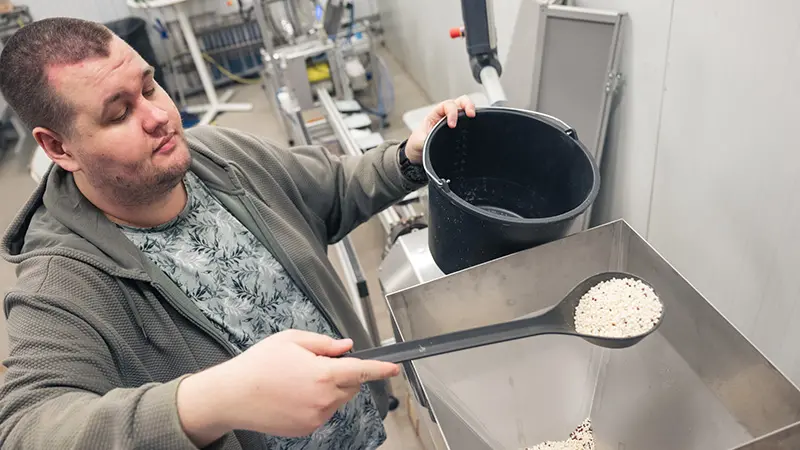
The world’s largest 3D-printed sailboat
Previous collaborations have often attracted attention. A few years ago, boatbuilder and entrepreneur Göran Brandt received help from Circlab to develop the world’s largest 3D-printed sailboat. Inshore 24 was built in part using biocomposites made from forest raw materials from Värmland.
“We also participated in an art project with designer Rutger Andersson. Our collaboration was based on raw material from spruce bark beetle-damaged wood and resulted in a series of 3D-printed furniture that received international acclaim. Today, they are on display at the Swedish Embassy in Washington.”
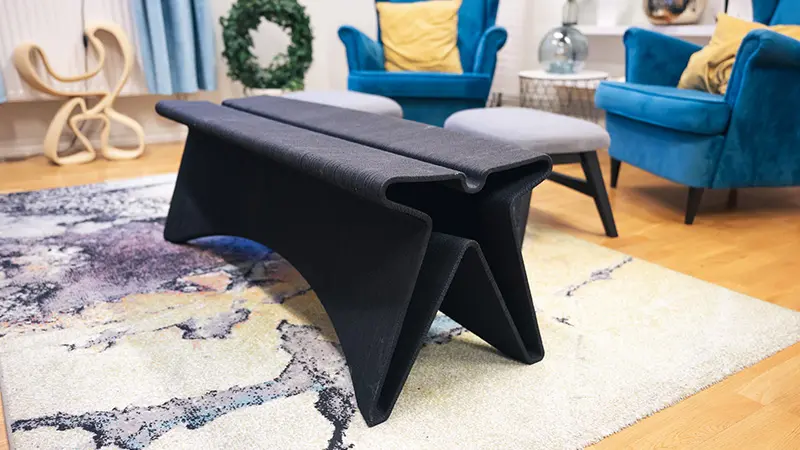
3D-printed furniture by designer Rutger Andersson
Circlab
A dynamic development environment focused on strengthening the forest-based bioeconomy. Circlab promotes innovation, entrepreneurship, and knowledge development in areas such as additive manufacturing (3D printing) and biocomposites. The organization also explores the potential of refining by-products from the forest and wood industries. Circlab actively participates in research and development projects funded by both public and private actors.
Location: Torsby
Number of employees: Two, including one process leader
Website: torsby.se/circlab

